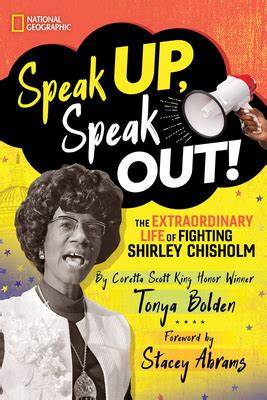It took guts to dream of becoming the first black woman in the U.S. Congress.
It took even more guts to speak that dream.
In 1916 women’s rights activist Jeannette Rankin, a white Republican from Montana, became the first woman to be elected to the U.S. House of Representatives. This was four years before American women won the right to vote nationwide through the19th Amendment. And that was something for which Rankin had fought mightily.
By 1968 the number of women who had served in the house was tiny: 240, making up less than 4% of the House during those years. Of that number, only Hawaii’s Patsy Mink, a Japanese American Democrat, first elected in 1964, was a woman of color. When it came to the U.S. Senate, by 1968 only 10 women, all white, had served in that branch of Congress.
There had never been a whole lot of Black men in the House. Fourteen served in the House during Reconstruction, when the Nation was putting itself back together following the Civil War.
With the rise of Jim Crow and the white backlash against racial justice, the number of Black men in the House dropped. In the 1880s, and early 1900s, there were seven.
Then none.
Until 1929, when Oscar Stanton De Priest from the South Side of Chicago was elected. After him, only a handful of other Black men, among them Harlem’s Adam Clayton Powell, Jr., were elected to the House by 1968.As for the Senate, in the 1870s and 1880s–just two. There wasn’t another one until the election of Ed Brooke of Massachusetts in 1966.
Shirley didn’t let the numbers stop her.
Comprehension Questions
1. Who was the first Black woman in the U.S. Congress?
A. Rosa Parks
B. Jeannette Rankin
C. Shirley Chisholm
A. Susan B. Anthony
B. Carrie Nation
C. Jeannette Rankin
Your Thoughts
Vocabulary
4. List any vocabulary words below.

